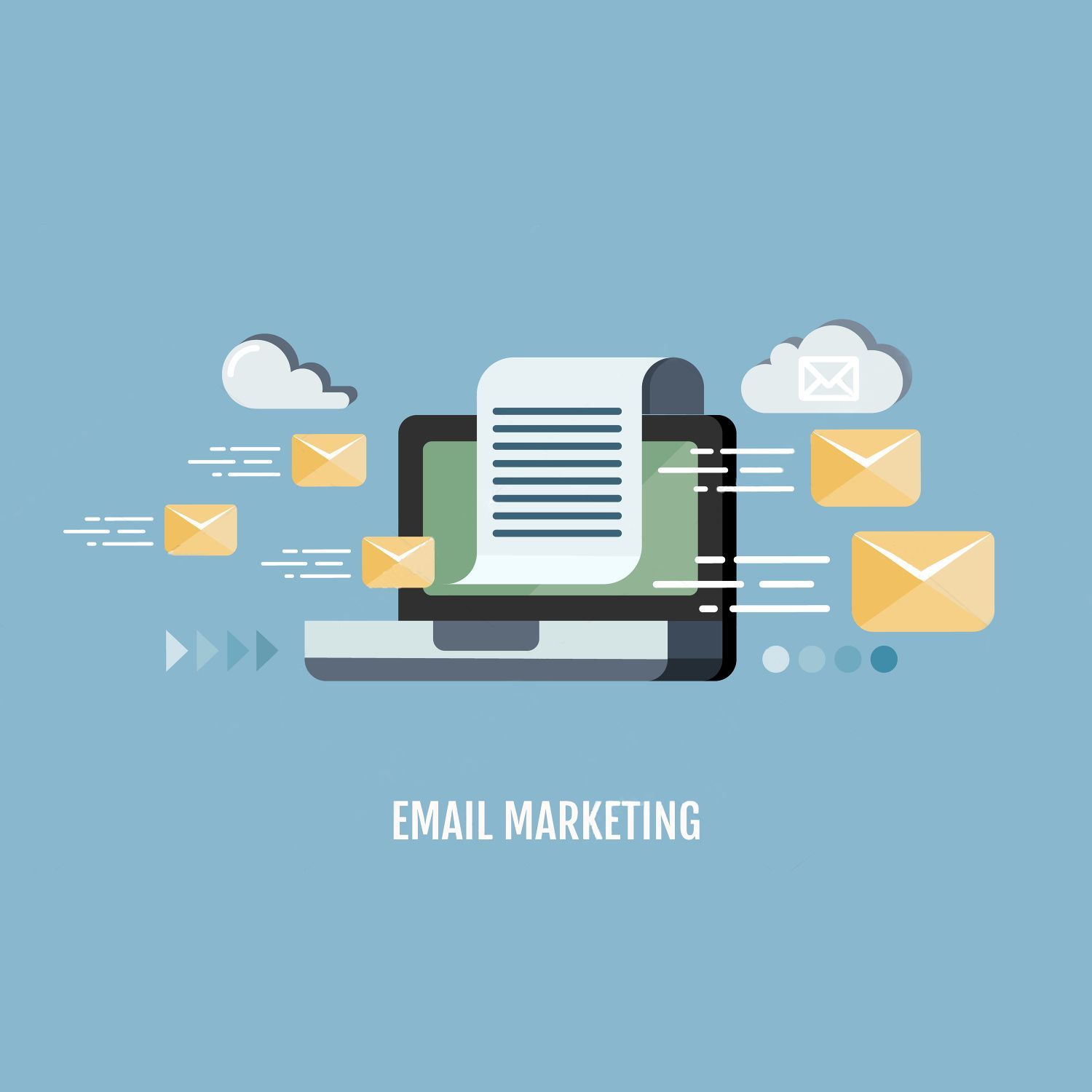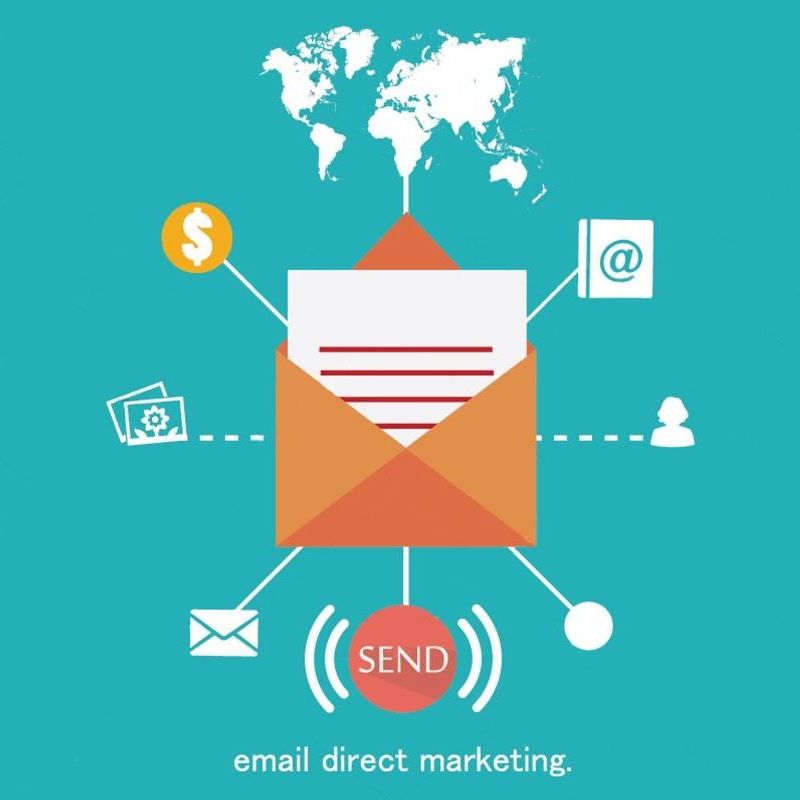What is Email Hygiene?
Sending to a spam trap can be very damaging to your sender reputation as well as cause you deliverability problems. Spam traps should be taken very seriously because what is damaging to you has an equally negative impact on the reputation of an Email Service Provider (ESP), and this affects deliverability for all of its customers.
Just as email validation and verification confirm that your list is comprised of valid addresses, email hygiene goes one step further eradicating all threats from your list, ensuring only safe addresses remain. This imperative process results in a pristine sender reputation and the protection of your network resources while maximizing delivery of your emails. For each address submitted, Impressionwise cleanses return a status in one of the categories displayed below, understanding the nature of recipients not just the fact that it is deliverable.
It is possible to hit a spam trap without knowingly doing anything wrong. This is because of the different ways that spam traps are created.
Traps and Moles - A trap can be considered any form of purpose-built spam-trap, collaborating mole or Honeypot e-mail address. Any email messages sent to this address are immediately considered unsolicited leading to its submission to one or more DNSBL sites.
Spam traps are set up with the sole intention of luring in spammers, which is done by leaving them out as bait. The address is placed on the Internet where people or robots harvesting email addresses illegitimately will find them.
Seeds - A seed is defined as a third party oversight email address used for general monitoring of company's network resources. This includes various litigators and collaborative anti-spam activists historically known to purposely seed their email address(es) for the purpose of litigation. This is not generally considered a trap as sending to it does not lead to its submission to one or more DNSBL sites. Thus no impact to deliverability nor and negative wide ranging reputation impacts.
Parked Sites - This form of domain-level intelligence gives you the leverage of avoiding sending email traffic to millions of unused and parked website domains. Since parked domains have previously not been configured for email by the owner, any recipient is by definition, is invalid and being spammed as they receive email in the form of a catch-all/role account.
Recycled spam traps - This is the kind of trap you could hit even if every email address on the list was obtained with permission. But they're still bad news because sending to these addresses can make you look like a spammer.
Recycled spam traps are very old email addresses that are no longer in use by the original owner. The address has been abandoned for so long the provider has repurposed it as a trap to expose (and block emails from) senders who are not responsibly managing their email marketing program.
Typos and fake emails - If someone subscribes using an email address that contains a typo, or they submit a deliberately fake email address – because they don't want to be emailed – you run the risk of it, coincidentally, being a spam trap email address.
For example, someone might submit an address with a typo in the domain: @gnail instead of @gmail. Typos on the domain side of the address, after the @, are the most common spam traps but you can also strike one with a misspelled username: the part before the @.
Website registration and shopping cart forms are where you're going to attract the fake emails. If you've ever had to hand over your email address in exchange for a "free whitepaper," you can appreciate how this happens.
So, for example, someone submits an address like donotmailme@please.com or hlkhklfshkls@mail.com (random slapping of keyboard) and unfortunately for you, it happens to be a spam trap address.
The impact of hitting a spam trap can vary. It depends on variables like: the type of trap you hit, how many times you hit it, and how the spam trap operator handles things at their end.
- Your sender reputation will be damaged, causing bounce rates to increase, and as a result your percentage of delivered (to the inbox) emails will decrease.
- Your (or your ISP/ESP's) IP address may be added to a blacklist database, which means deliverability for you and those around you would be affected.
- If you hit a spam trap operated by an ISP, such as Yahoo! or AOL, that ISP could permanently blacklist your whole domain.
- If you hit a trap operated by an anti-spam organization (e.g. SURBL, Spamhaus, SpamCop) delivery of your emails to all ISPs and companies who consult that organization's database will be affected because they use that information to filter incoming emails.
With your help we can get you back on track towards a safe, successful email program.

Selecting a reputable all in one service is just as important. Utilizing an all in one service such as Impressionwise is a much more convenient and cost effective way to maintain your list. There are many firms out there that claim to do proper hygiene but more often than not, are actually performing simple black list comparison, which consists of your data being compared against a list of trap addresses. It is a fundamentally flawed approach to the removal of traps. These lists are relatively static and are only as good as the day the data was gathered. The data used is compiled from unknown or unqualified third party sources – someone else's opinion – and their data is often dated and flawed.
Impressionwise's on-demand scanning is a new innovative approach in which your data records are scanned against a global view of real-time feedback at the time of the actual cleansing, utilizing no data from aged repositories (such as used by simple black list-based method to scrub against and repost). This type of cleansing model is based on self-learning rule sets designed to catch newly created traps or existing trap configuration changes as they happen. This process ensures a more effective cleansing with minimal to no false positives, and in addition to gaining an unprecedented view and insight, reveals hidden aspects of your data not normally found with traditional scrubbing. All of this results in rich, comprehensive reporting of a highly deliverable address list.
Ultimately, It's All About Your Reputation and Deliverability
The key reason you need to be using a combination service is to eradicate threats. Eliminating threats ensures your deliverability as your delivery is hinged upon your reputation. If you send out one bad campaign, it in turn can hurt the next. You can get rid of hard bounces with traditional validation/verification companies all day long. But at the end of the day, if you are not ensuring your email lists are free of spam traps and other email based threats, your sender and brand reputation are at stake. Regularly cleansing your lists will help you avoid costly mistakes and is paramount to maintaining consistent, highly engaged email campaigns...









